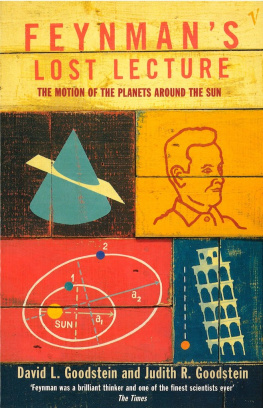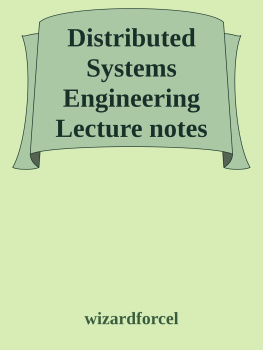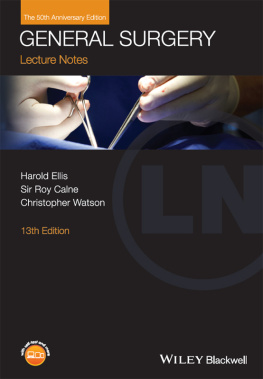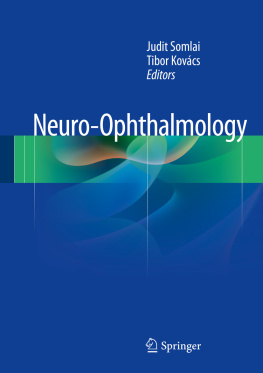Eye Diseases - Ophthalmology: lecture notes
Here you can read online Eye Diseases - Ophthalmology: lecture notes full text of the book (entire story) in english for free. Download pdf and epub, get meaning, cover and reviews about this ebook. City: Chichester;West Sussex, year: 2017;2016, publisher: John Wiley & Sons, Incorporated;Wiley Blackwell, genre: Detective and thriller. Description of the work, (preface) as well as reviews are available. Best literature library LitArk.com created for fans of good reading and offers a wide selection of genres:
Romance novel
Science fiction
Adventure
Detective
Science
History
Home and family
Prose
Art
Politics
Computer
Non-fiction
Religion
Business
Children
Humor
Choose a favorite category and find really read worthwhile books. Enjoy immersion in the world of imagination, feel the emotions of the characters or learn something new for yourself, make an fascinating discovery.

- Book:Ophthalmology: lecture notes
- Author:
- Publisher:John Wiley & Sons, Incorporated;Wiley Blackwell
- Genre:
- Year:2017;2016
- City:Chichester;West Sussex
- Rating:4 / 5
- Favourites:Add to favourites
- Your mark:
- 80
- 1
- 2
- 3
- 4
- 5
Ophthalmology: lecture notes: summary, description and annotation
We offer to read an annotation, description, summary or preface (depends on what the author of the book "Ophthalmology: lecture notes" wrote himself). If you haven't found the necessary information about the book — write in the comments, we will try to find it.
Ophthalmology: lecture notes — read online for free the complete book (whole text) full work
Below is the text of the book, divided by pages. System saving the place of the last page read, allows you to conveniently read the book "Ophthalmology: lecture notes" online for free, without having to search again every time where you left off. Put a bookmark, and you can go to the page where you finished reading at any time.
Font size:
Interval:
Bookmark:
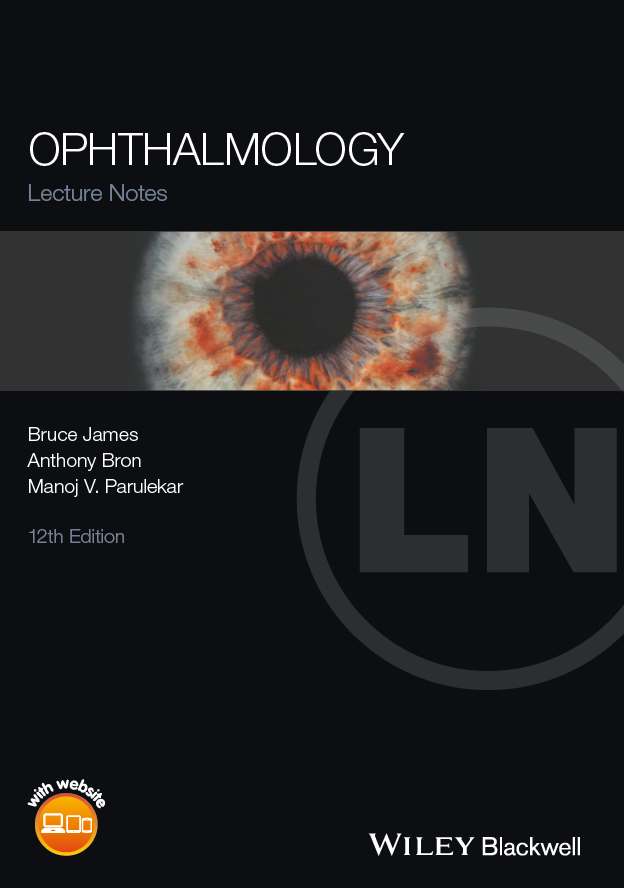
This title is also available as an e-book.
For more details, please see
www.wiley.com/buy/9781119095903
This edition first published 2017 2017 by Bruce James, Anthony Bron and Manoj V Parulekar
Previous editions 1960, 1965, 1968, 1971, 1974, 1980, 1986, 1997, 2003, 2007, 2011
| Registered office: | John Wiley & Sons, Ltd, The Atrium, Southern Gate, Chichester, West Sussex, PO19 8SQ, UK |
| Editorial offices: | 9600 Garsington Road, Oxford, OX4 2DQ, UK |
| The Atrium, Southern Gate, Chichester, West Sussex, PO19 8SQ, UK | |
| 111 River Street, Hoboken, NJ 07030-5774, USA |
For details of our global editorial offices, for customer services and for information about how to apply for permission to reuse the copyright material in this book please see our website at www.wiley.com/wiley-blackwell
The right of the author to be identified as the author of this work has been asserted in accordance with the UK Copyright, Designs and Patents Act 1988.
All rights reserved. No part of this publication may be reproduced, stored in a retrieval system, or transmitted, in any form or by any means, electronic, mechanical, photocopying, recording or otherwise, except as permitted by the UK Copyright, Designs and Patents Act 1988, without the prior permission of the publisher.
Designations used by companies to distinguish their products are often claimed as trademarks. All brand names and product names used in this book are trade names, service marks, trademarks or registered trademarks of their respective owners. The publisher is not associated with any product or vendor mentioned in this book. It is sold on the understanding that the publisher is not engaged in rendering professional services. If professional advice or other expert assistance is required, the services of a competent professional should be sought.
The contents of this work are intended to further general scientific research, understanding, and discussion only and are not intended and should not be relied upon as recommending or promoting a specific method, diagnosis, or treatment by health science practitioners for any particular patient. The publisher and the author make no representations or warranties with respect to the accuracy or completeness of the contents of this work and specifically disclaim all warranties, including without limitation any implied warranties of fitness for a particular purpose. In view of ongoing research, equipment modifications, changes in governmental regulations, and the constant flow of information relating to the use of medicines, equipment, and devices, the reader is urged to review and evaluate the information provided in the package insert or instructions for each medicine, equipment, or device for, among other things, any changes in the instructions or indication of usage and for added warnings and precautions. Readers should consult with a specialist where appropriate. The fact that an organization or Website is referred to in this work as a citation and/or a potential source of further information does not mean that the author or the publisher endorses the information the organization or Website may provide or recommendations it may make. Further, readers should be aware that Internet Websites listed in this work may have changed or disappeared between when this work was written and when it is read. No warranty may be created or extended by any promotional statements for this work. Neither the publisher nor the author shall be liable for any damages arising herefrom.
Library of Congress Cataloging-in-Publication Data
Names: James, Bruce, 1957- author. | Bron, Anthony J., author. | Parulekar, Manoj V., author.
Title: Lecture notes. Ophthalmology / Bruce James, Anthony Bron, Manoj V. Parulekar.
Other titles: Ophthalmology
Description: 12th edition. | Chichester, West Sussex ; Hoboken, NJ : John Wiley & Sons, Inc., 2017. | Includes bibliographical references and index.
Identifiers: LCCN 2016026509 (print) | LCCN 2016027367 (ebook) | ISBN 9781119095903 (pbk.) | ISBN 9781119095927 (pdf) | ISBN 9781119095941 (epub)
Subjects: | MESH: Eye Diseases | Handbooks | Problems and Exercises
Classification: LCC RE50 (print) | LCC RE50 (ebook) | NLM WW 39 | DDC 617.7dc23
LC record available at https://lccn.loc.gov/2016026509
A catalogue record for this book is available from the British Library.
Wiley also publishes its books in a variety of electronic formats. Some content that appears in print may not be available in electronic books.
Welcome to the twelfth edition of Ophthalmology Lecture Notes! As in the past, our aim has been to make the diagnosis and management of eye disease a palatable process and once again we stress the value of a good history and careful clinical examination of the eye.
The eye is remarkably accessible. Optical and digital techniques continue to develop giving increasingly detailed access to the structures of the eye at cellular level. Specular microscopy can image the corneal endothelial cells which regulate corneal hydration and transparency; optical coherence tomography allows the layers of the retina to be dissected and recently allows the retinal vasculature to be imaged without the need for injection of fluorescein. Confocal microscopy provides a three-dimensional view of the optic nerve head. The shape of the cornea can be plotted digitally and, outside the globe, orbital structures and the visual pathway can be viewed by neuroimaging.
Therapeutically, lasers are used to relieve acute, angle closure glaucoma, to lower ocular pressure in chronic glaucoma, to open up an opaque lens capsule following cataract surgery and to seal retinal holes. They have an established role in reshaping the cornea to treat refractive errors of the eye and their role is now extending to use in cataract surgery itself. Sight-threatening diabetic retinopathy can be treated effectively by retinal photocoagulation, to remove the angiogenic stimulus to vasoproliferation. More recently, it has become possible to inhibit new vessel formation in diabetic retinopathy, macular degeneration and other retinal vascular disorders by intravitreal injections of antiangiogenic drugs. Roles for these drugs in treating oedema of the retina, see for example in diabetes, are also becoming established.
These techniques are matched by technological innovations in microsurgery, responsible for dramatic advances in cataract and vitreoretinal surgery. Optical function in cataract surgery is restored by insertion of a lens which unfolds within the eye. These are becoming increasingly complex allowing for the treatment of astigmatism and restoring near and distance vision in some patients without the need for glasses. Vitreoretinal surgery employs inert gases and silicone oil to flatten the detached retina and endoscopic probes which allow manipulations in the vitreous space and the dissection of microscopic membranes from the retinal surface. Glaucoma surgery is developing tiny drainage implants to reduce intraocular pressure.
Despite these advances, most ophthalmic diagnoses can still be made from a good history and clinical examination of the eye. This book aims to teach skills which will be useful to anyone engaged in medical practice. Many systemic disorders have ocular features which are critical in diagnosis. This book covers the ophthalmic features of systemic hypertension, diabetes, sarcoidosis, endocarditis, demyelinating disease and space-occupying lesions of the brain. It also explains how to recognize iritis, distinguish various forms of retinopathy and understand the difference between papilloedema and papillitis.
Next pageFont size:
Interval:
Bookmark:
Similar books «Ophthalmology: lecture notes»
Look at similar books to Ophthalmology: lecture notes. We have selected literature similar in name and meaning in the hope of providing readers with more options to find new, interesting, not yet read works.
Discussion, reviews of the book Ophthalmology: lecture notes and just readers' own opinions. Leave your comments, write what you think about the work, its meaning or the main characters. Specify what exactly you liked and what you didn't like, and why you think so.

